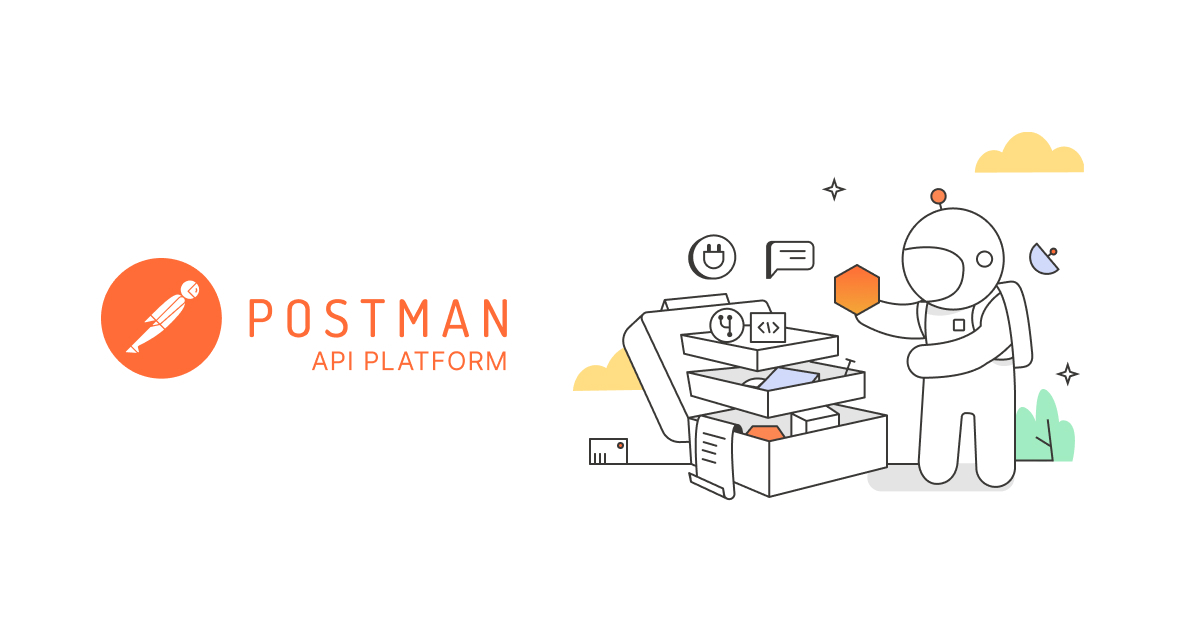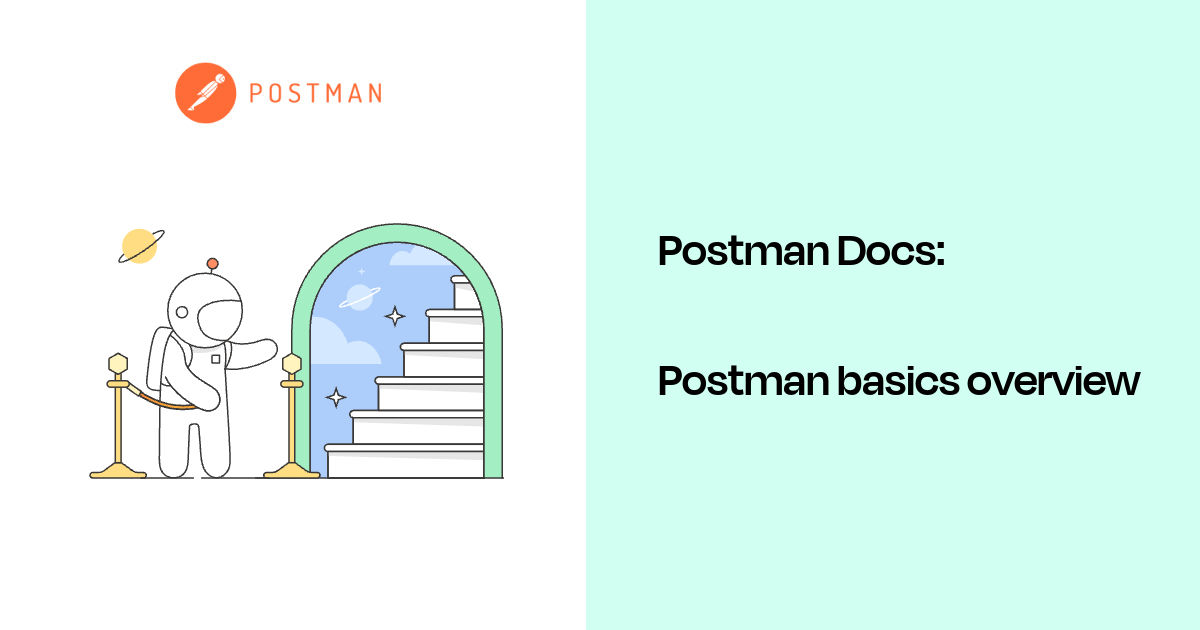
If you’ve ever developed, tested, or worked with APIs, there’s a good chance you’ve heard about Postman. This tool has become a standard not only for API testing, but for much of the API lifecycle, giving both new and experienced developers what feels like a super-power for handling API-related tasks. But what exactly is Postman, and why has it gained such massive popularity in developer communities around the world?
Postman is more than just an API client—it’s a comprehensive platform for designing, developing, testing, monitoring, and documenting APIs, all packed into a user-friendly interface. Whether you work solo or as part of a large API-focused team, Postman streamlines every stage of building and consuming APIs, allowing you to debug requests, automate testing, collaborate across teams, and generate documentation without ever leaving its workspace. Let’s dig into why it’s become a must-have in the developer toolkit.
What Is Postman and Who Uses It?

At its core, Postman is a powerful application that lets developers interact with APIs through a visual interface, eliminating the need to manually write HTTP requests each time. It was born from the simple need to make API testing easier and has since evolved into a feature-rich platform trusted by more than 30 million users and over half a million organizations worldwide.
Whether you’re creating a new API, automating tests, debugging issues, or sharing APIs with your team, Postman provides the tools to make your workflow efficient and collaborative. Its adoption ranges from startups to Fortune 500 companies and is equally popular among backend, frontend, QA, and DevOps professionals. No matter what language you code in—if your work involves APIs, Postman deserves a spot in your toolbox.
Main Uses of Postman: Beyond the Basics
Postman offers much more than simply sending GET or POST requests—it covers the entire API lifecycle. Here’s a breakdown of what you can do with Postman:
- Design APIs Visually: Define endpoints, configure parameters, specify request and response payloads, and outline authentication methods inside an intuitive editor that even API newcomers can understand.
- Debug and Test: Send real requests and inspect responses in real time. Use variables, pre-request, and test scripts to automate workflows and validate data, helping you catch errors early.
- Automate Tests: Group requests into collections, add test scripts, and schedule runs. Integrate with CI/CD pipelines to ensure reliability in every deployment.
- Document and Share: Automatically generate and update documentation based on your requests and collections, then share it with your team or external stakeholders—no manual effort required.
- Mock Servers: Simulate API responses before your backend is ready. This is especially helpful for front-end teams who want to work in parallel with back-end development.
- Collaboration: Use workspaces to collaborate with your team, partners, or the public. Collections and workspaces make it easy to sync progress, share requests, and work in real time.
- Monitor Performance: Track API uptime and latency, run scheduled tests, and get alerted if something goes wrong—all from within the Postman dashboard.
The program supports nearly every HTTP method (GET, POST, PUT, PATCH, DELETE, and more) and lets you switch between them effortlessly while testing. It also simplifies authentication management with support for API keys, OAuth, Basic Auth, and others.
Key Features That Set Postman Apart
Postman isn’t just about sending requests—it’s about organizing, automating, and scaling your API efforts end-to-end. Here are some standout features developers mention again and again:
- Workspaces and Collections: With personal, team, and public workspaces—and collections to organize requests—Postman makes it easy to categorize and share work. This centralizes assets and boosts team productivity.
- Environment Variables: Set up multiple environments (development, staging, production) with variables for URLs, credentials, or other parameters. Switch environments without rewriting requests, testing different scenarios with ease.
- Pre- and Post-Request Scripting: Automate tasks before or after sending requests, such as injecting tokens, generating dynamic data, or running assertions using JavaScript.
- Automatic Documentation: Documentation is generated automatically as you build your collection, and you can share it via links—saving hours of manual work and ensuring accuracy.
- API Builder & Repository: Built-in support for OpenAPI, GraphQL, and RAML, plus a central repo for storing and collaborating on API artifacts.
- Mock Servers and Monitors: Spin up mocks for full-fledged testing and set up monitors for scheduled health and availability checks.
- Smart Features: Recent releases include AI-powered tools to generate test cases, write documentation, debug, and visualize data, making your work more accessible.
- VS Code Extension: Use Postman directly inside Visual Studio Code—send requests, manage collections, and import/export data without leaving your editor.
Getting Started with Postman: Interface and Workflow
Postman’s interface is designed to be approachable and remove friction from everyday API tasks. Here’s a quick tour so you can get oriented:
- URL Bar: Enter the endpoint you want to test—think of it as your API address bar.
- Request Method Dropdown: Choose between GET, POST, PUT, PATCH, DELETE, etc., based on the interaction you need.
- Params Button: Add query parameters via a dedicated UI, making it easy to build complex requests with query strings or form data.
- Send Button: Fire off the request and see the API’s response with details like body, status code, headers, cookies, and more.
- Preview and Raw Tabs: Inspect raw data, view JSON, preview HTML, or see how it will render in a browser.
- Collections and Folders: Save and organize requests in collections and folders—perfect for grouping related endpoints and sharing as a unit.
- Tests and Scripts Tabs: Write scripts to validate responses and automate repetitive tasks in your workflow.
These elements work together to make API creation and testing straightforward—and with practice, they’ll feel second nature.
Working with Requests: Real-World Scenarios
Sending and analyzing requests in Postman is as simple as filling out a form. A typical flow might be:
- Type the endpoint in the URL bar—e.g., http://localhost:3000 when working locally, or use a remote public API URL.
- Select the appropriate HTTP method from the dropdown.
- Add parameters, headers, or body data (such as auth keys, payloads, or query strings).
- Click “Send” and inspect the server’s response, including status codes, headers, and body data.
- Use the “Preview” tab to view HTML responses, or switch to “Raw” or “JSON” for full detail.
- Analyze returned headers—such as keep-alive (connection persistence), content-length (response size), x-powered-by (server tech), or etag (resource version for caching).
From here, you can create test scripts to verify data, specific status codes, or automate workflows that depend on multiple consecutive API calls.
Advanced API Development: Organization, Collaboration, and Automation
As your projects grow, Postman’s organization tools become invaluable. Use nested folders and collections to keep requests grouped by service, resource, or functionality. Adding requests with different URLs, parameters, or test scenarios is as simple as drag-and-drop.
For example, you could:
- Create a collection for your Library API with folders such as “Books,” “Create Book,” and “Search by Type.”
- Add requests for each scenario, define parameters (e.g., type=fiction), and save example responses.
- Share your collection with teammates or export it for documentation or training. Postman’s sharing options—public, partner, or private—scale to teams of any size.
When you collaborate, Postman syncs all changes in real time, ensuring everyone is always working with the latest version.
Monitoring and Automation Capabilities
Reliability and performance are critical, especially when moving to production. Postman lets you schedule monitors to run your collections at set intervals, generating uptime and response reports. Get notifications if failures or regressions occur, and integrate these monitors into your CI/CD pipelines to automate testing on every deployment.
Plans, Pricing, and Limitations
Postman offers both free and paid plans, catering to everyone from individual developers to large enterprise teams. The free tier is generous: up to 1,000 monthly requests, collection creation and sharing, mock servers, monitoring, and workspaces for up to three users. Paid plans ($14–$49 per user/month) expand collaboration features, higher quotas, and advanced security.
Some reported drawbacks include:
- Learning Curve: The breadth of features can feel overwhelming for beginners—though its documentation and community are very helpful.
- Free-Plan Limits: Certain limits on requests, advanced collaboration, and mocks are reserved for paid plans.
- Third-Party Dependence: As with any external tool, heavy reliance can limit deep understanding of underlying tech, though overall it boosts productivity.
Postman in the API Ecosystem: Competition and Integrations
While Postman leads, alternative platforms like Apidog aim to offer similar or greater feature sets. Tools such as Apidog stand out by providing unlimited CI/CD on free plans, advanced mocks, automatic documentation, and database integrations. Nevertheless, Postman remains the benchmark for UI, documentation, and community, with a public API directory exceeding 100,000 entries.
Recent updates (such as version v11) have added AI tools, better integrations, and new sharing options, keeping it a leader in many areas. The Postman API Network offers a vast collection of public APIs to experiment with directly on the platform.
Many developers combine Postman with other tools, leveraging the best of each according to project needs.
Origins, Growth, and Global Impact of Postman
Postman was started in 2012 by Abhinav Asthana in Bangalore, initially as a side project to simplify API testing at Yahoo. Its name references the HTTP “POST” method and the mail carrier delivering requests. It quickly gained popularity, evolving from a Chrome extension into a global platform with offices in San Francisco, Tokyo, and Bangalore.
By 2024, Postman had raised multiple funding rounds, valued at $5.6 billion after a $225 million Series D, and continues to innovate through acquisitions such as Akita and Orbit. Its founders remain at the helm, adapting the platform to the needs of modern software teams.
With such a vast user base and numerous integrations, Postman has solidified itself as an essential tool for anyone working with APIs today.
Why Developers Choose Postman
Postman simplifies, accelerates, and secures the entire process of working with APIs—design, testing, documentation, and monitoring all in one place. Its friendly interface, organizational tools, automated features, and collaborative environment make it indispensable for modern teams. Whether you’re just starting out or building complex services, Postman helps you deliver reliable, high-quality software faster than ever.
With flexible pricing, a powerful free version, and constantly expanding features, Postman is not merely a tool—it’s a platform that adapts to any API project.
Whether you’re a solo developer or part of a large engineering team, Postman is equipped to make your work simpler, more productive, and more enjoyable.